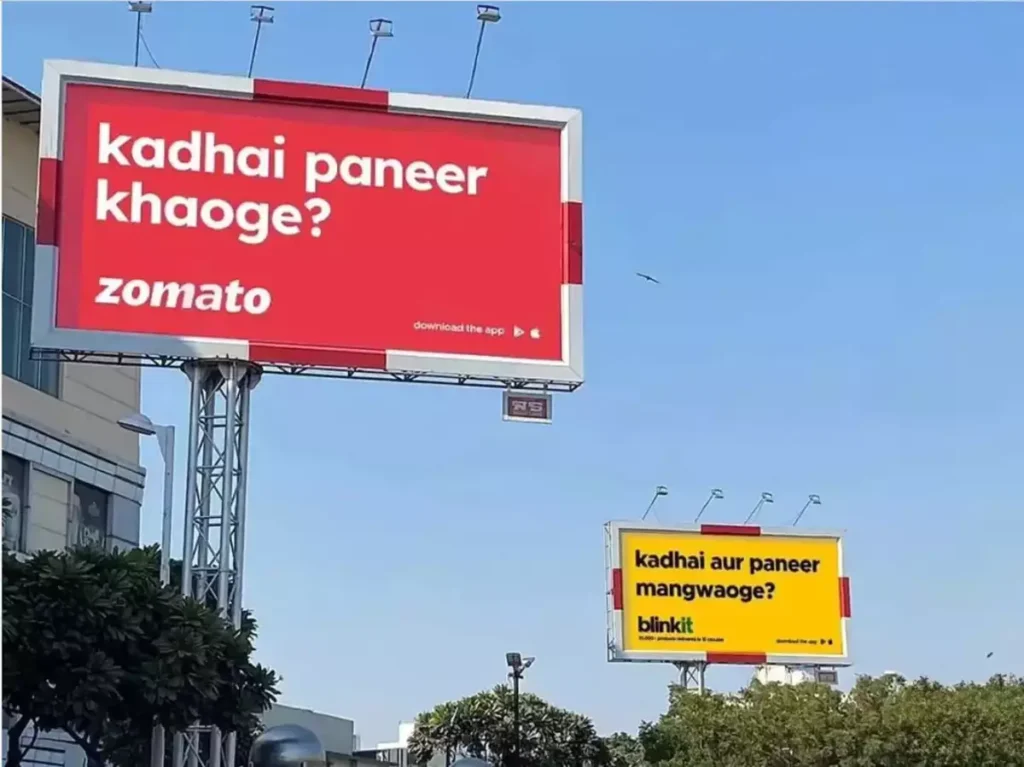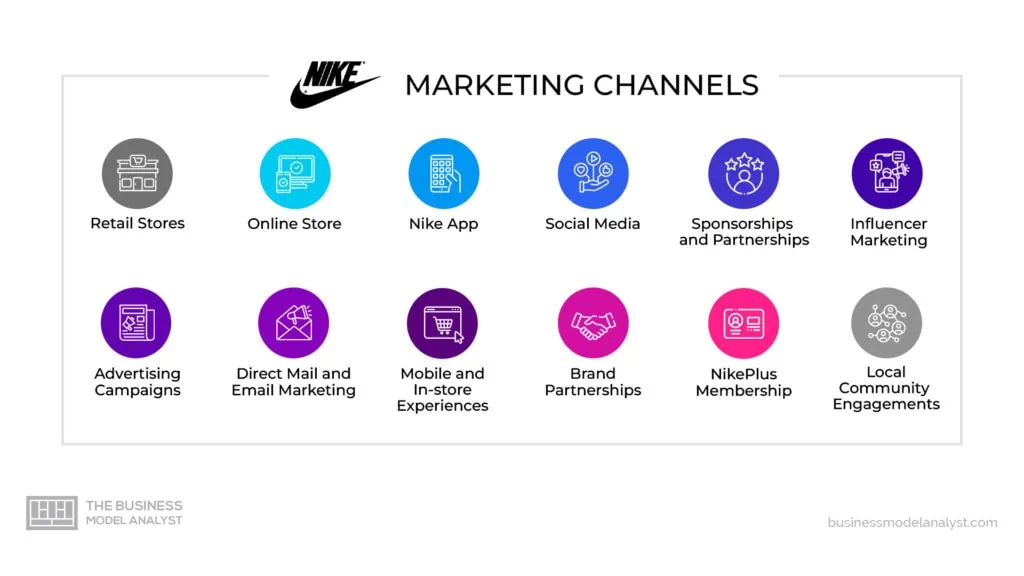Marketing has gotten off the billboard and print advertising to social media campaigns, and news letters in an inbox. Traditional marketing and digital marketing brings forth countless arguments; hence, one sees divisions among businesses and among the marketers. Instead of it’s a “them against me”, why not the best of both?
In this blog, we’ll compare traditional and digital marketing, highlight their unique benefits, and explore how combining them can amplify your brand’s success.
What is Traditional Marketing?

Traditional marketing refers to offline methods of promoting products or services. These include:
- Print Ads: Newspapers, magazines, and brochures.
- Broadcast Media: TV and radio commercials.
- Outdoor Advertising: Billboards, posters, and transit ads.
- Direct Mail: Flyers, catalogs, and postcards.
This has been in place for decades, yet is quite powerful in most contexts and still works today, for local awareness-building and appealing to offline-people as well.
What is Digital Marketing?

Digital marketing is an interaction between your customers through Internet-based and associated mediums and tools. This is executed through:
- Search Engine Marketing (SEM): Google ads and Pay-Per Click campaigns.
- Social Media Marketing: Facebook, Instagram, LinkedIn.
- Content Marketing: Blogs, videos, and infographics.
- Email Marketing: Personalized emails and newsletters.
This is an up-and-coming industry that affords accurate targeting, live analytics, and global coverage.
Traditional vs Digital Marketing
| Aspect | Traditional Marketing | Digital Marketing |
| Reach | Local or regional | Global |
| Cost | Expensive (e.g., TV advertisements, billboards) | Much cheaper (e.g., social media advertisements) |
| Audience Targeting | General audience | Very specific (demographics, behavior) |
| Measurability | Not possible to measure ROI | Live tracking and analytics |
| Engagement | One way communication: brand to consumer | Two-way communication: brand and consumer |
Benefits of Traditional Marketing
While digital platforms may be the landscape of the future, there are some unique benefits associated with traditional marketing:
- Physical and Memorable – More of a physical material, a brochure or direct mail really pops and lingers in one’s head.
- Credibility – TV and print advertising have been viewed generally as more credible than Internet ads.
- Taps into Offline Markets – Older demographics do not have or prefer to use the Internet. Traditional marketing reaches those markets.
- Local Exposures – Billboards and posters are good to raise localized areas, and community sponsorships raise local awareness.
Benefits of Internet Marketing
Internet marketing has redefined the way organizations connect to their target audiences:
- Cheap – Social media advertisement, emails, and SEO campaigns are significantly inexpensive in comparison to other ways of marketing.
- Hyper Targeting – Digital media allows the effective targeting of audiences based on criteria such as age, geos, interests, or even behavior.
- Analytics in-Time – With tools such as Google Analytics or Facebook Insights, marketers have real-time analytics on performance which would guide them to make time-act adjustments.
- Worldwide Access – One campaign on the web will reach the global market, thus ideal for business operations globally.
- Interaction – Digital marketing enables two-way communication involving people in such ways as liking, commenting, sharing, and sending of direct messages.
Why Not Both? The Power of Integration
The magic happens when traditional and digital marketing are both used. That’s why it is logical to use both in a smart move:
1. High Brand Visibility
Create mass awareness through traditional marketing, like a commercial on television, but use digital marketing to build targeted engagement through a social media campaign. That way, your brand will not be forgotten through multiple channels.
2. Reinforced Message
Repetition is the key to marketing. The same message in a magazine and on Instagram reinforces the brand in the mind of the audience.
3. Reach of Different Audience
Both of them reach out to both non-tech savvy and tech-savvy audiences respectively. No target audience is left uncovered using both of them.
4. Synergistic Strengths
- Traditional marketing generates credibility and trust.
- Digital marketing provides immediate responses through web hits or sales.
Together they form an integrated approach meeting the needs for both long term brand building and short term conversions.
Examples of Integrated Marketing Campaigns

1. Coca-Cola “Share a Coke” Campaign
- Traditional: Print ads, in-store point-of-purchase signs containing names in local language
- Digital: Social media campaign daring the customer to post pictures of the bottle

2. Nike Multichannel Campaign
- Traditional: Sport icons on T.V. for brand establishment
- Digital: Social media, influencer campaigns to the younger crowds

3. Local Business Campaign “Small Cafe’s”
- Use Billboards and flyers across town that invite Local customers.
- Geo-targeted Facebook and Instagram Ads for events or discounts.
Tips for Combining Traditional and Digital Marketing
- Brand Identity – Your branding, messaging have to be the same everywhere.
- Leverage Data – Utilize digital analytics in finding out what works well and apply it to your traditional campaigns.
- Incorporate QR Codes – Place QR codes in traditional ads; they can help people coming from print or radio to a website or social media outlet to create a connection from offline to online.
- Cross-Promote – Promotion of social media presence in printed ads or radio spots and vice versa; events offline are promulgated through digital avenues.
- Track Result – Promo codes and UTM parameters can help in generating unique tracking metrics in calculating the ROI in integrated campaigns.
Conclusion
The debate between traditional and digital marketing should not be the other, but a business learns to integrate the best of both into getting a coherent campaign that maximizes reach, engagement, and ROI through a combination of the best traditional methods and the precision and interactivity offered by digital platforms.
It’s not “traditional vs digital marketing” In a competitive market today, it’s more about “how can we use both to grow?”

